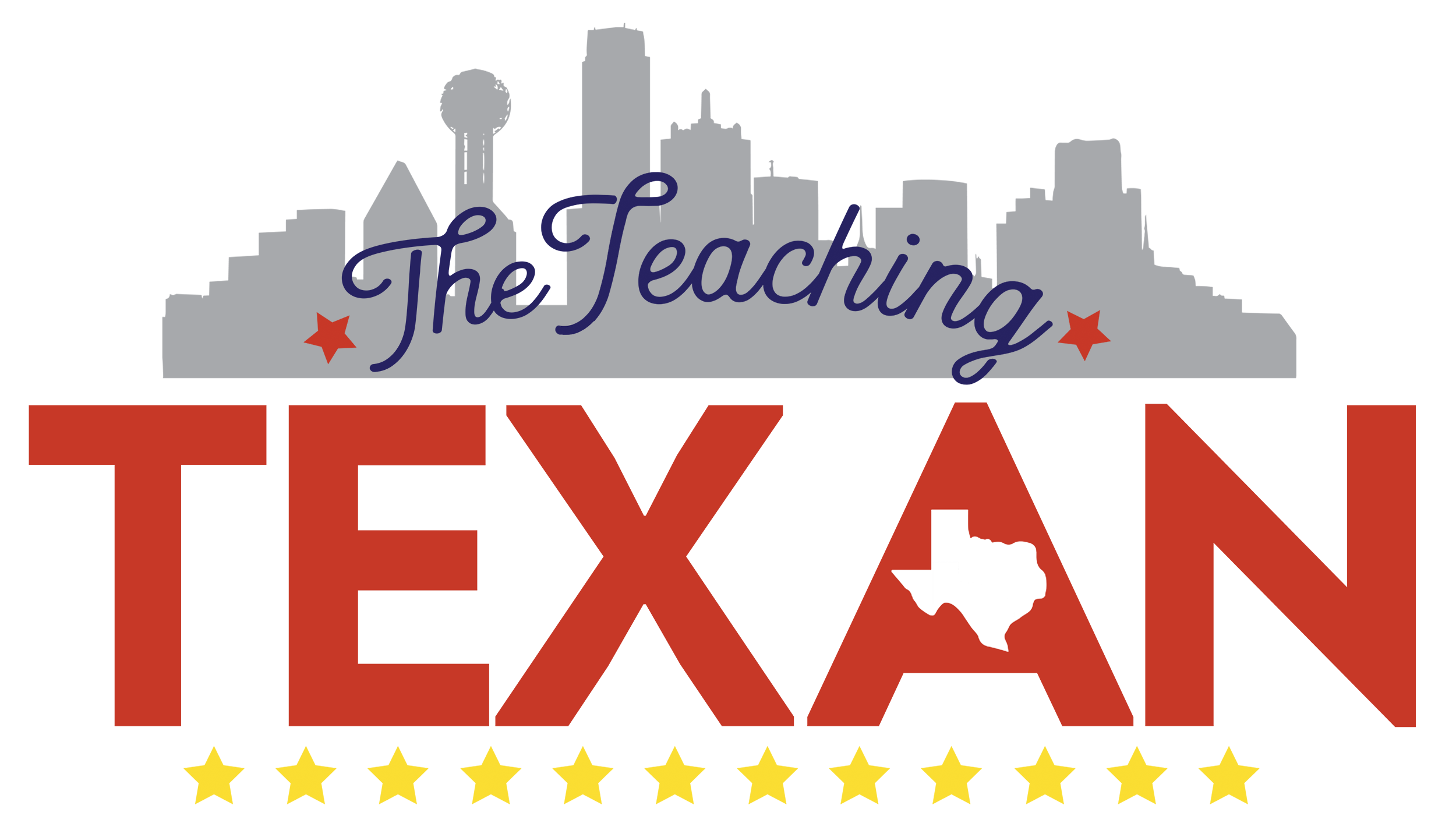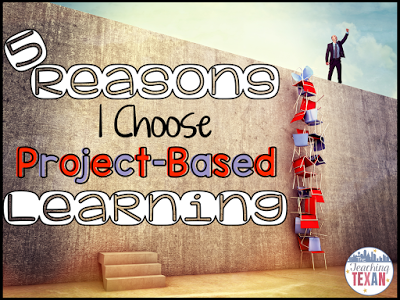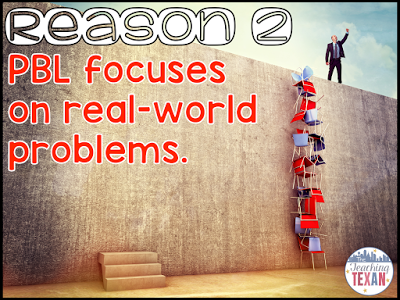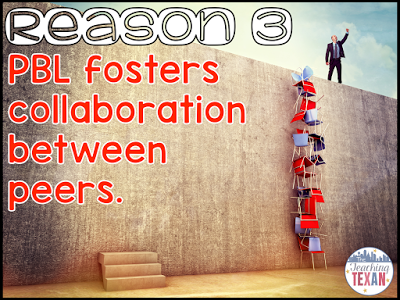Why Project-Based Learning?
Earlier this year I went to a project-based learning (PBL) networking event at another local school. Before this event I had never really heard of PBL before, much less taken a stab at it. However, I was so inspired by the reasoning and research behind PBL that I knew I had to take the idea and run with it. The [Buck Institute for Education] says PBL makes school more engaging for children, improves learning, builds success skills for college/career/life, helps address standards, and makes teaching more enjoyable and rewarding. That being said, what’s not to love?! I am so down for anything that makes kids excited about learning while also being effective. Making my job even more enjoyable than it already is isn’t too shabby either!
I recently wrapped up my first experience with PBL. There were many successes, and there were many bumps along the road that I’ll be sharing later this week. Today I’m sharing 5 reasons that I’m sticking with PBL, and why you should be using it too!
I think it’s safe to say that learning strategies, techniques, structures, etc. are a dime a dozen these days. Oh so many of these said strategystructuretechniques tout that student engagement will be increased if you use that method.
Let me lay it out straight for you. Project-based learning WILL increase your students’ engagement because the kids take ownership of their own learning. Gone are the days where the teacher must decide every bit of knowledge the students will acquire on a given topic. With PBL children learn on a “need to know” basis and are then given the freedom (and time) to explore their own interests related to the topic. How do children explore and learn with more independence? Trade books, video clips, pictures, QR codes, Symbaloo bookmark pages… Children really can take ownership!
When planning a PBL unit, there is always a challenging problem or question. This guides the learning, and all learning experiences that takes place leads back to this question. Here’s an example of a PBL driving question, “How can we as zoologists design a zoo that keeps our animals in their natural habitats?”
That one question can lead to weeks of learning about how to classify animals, animal habitats, animal adaptations, the list goes on. The exciting part of PBL is the challenging question points to a problem or question that is completely plausible. [This] interesting article by John Eger of Huffington Post quotes former U.S. Secretary of Education as saying, “The top 10 in-demand jobs in the future don’t exist today. We are currently preparing students for jobs that don’t yet exist, using technologies that haven’t been invented, in order to solve problems we don’t even know are problems yet.”
What better way to get our future leaders’ brains thinking in a problem-solving manner than to phrase and structure learning that way?!
Reason three speaks for itself. In a true PBL unit students must interact with each other, with adults besides their teacher in the school, and with other adults in the community.
Children learn by doing and experiencing. We know this.
I’ve noticed a huge increase in retention during my first PBL unit. Because the overarching topic is integrated into all subject areas and the kids are given multiple opportunities to do and experience, there is so much more for them to attach new learning to in their schema. Demonstrations, discussions, creating models, reading, videos, pictures, community experts all weigh-in to provide the ultimate learning experience.
In the real world there are often times where there isn’t a clear cut right and wrong answer, so why teach our children that way? There’s no multiple choice bubble to fill in or answer to circle when a doctor must decide how to treat a patient or when an airplane pilot must veer off course. Why not open children’s eyes to the possibilities, and reality, that there are often multiple right answers and multiple ways to approach solving problems?
Teaching should be enjoyable. End of story.
After living the PBL experience I can attest to the fact that PBL units make teaching more enjoyable. Seeing the natural curiosity of children run wild while taking every opportunity to learn more is so rewarding. Ditch the worksheets. Kids won’t remember them and neither will you. (Yes, some worksheet practice is inevitable and probably necessary – but make that the exception, not the rule). Another highlight that makes teaching with a PBL style more enjoyable is decreased behavior issues. When kids are truly engaged and excited there’s is less reason or need to act out.
Check back on Sunday for an inside peak into my first experience with PBL during our solar system unit.
For anyone unfamiliar with PBL or wanting more information, you can visit the [Buck Institute for Education]. BIE is considered the “gold standard” for project-based learning.






